Top 10 Kirin Chipsets in 2025
Huawei owns HiSilicon, a subsidiary that produces chipsets. Founded in 1991, HiSilicon is a semiconductor company licensed to design ARM Cortex CPUs. Their chipset products are branded as "Kirin."
Kirin chipsets are exclusive to Huawei mobile devices. Honor also utilized Kirin chips when it was part of Huawei. Most recent Huawei phones feature Kirin chipsets, though some models use Snapdragon or MediaTek alternatives.
Huawei sees Kirin as a significant innovation that strengthens its mobile phone lineup. According to various sources, there are no plans for Huawei to allow other manufacturers to use Kirin chipsets. For Huawei, Kirin is more of an internal asset than a business unit.
Initially, Kirin chipsets were not widely recognized. However, the performance of high-end Huawei devices helped Kirin gain attention. Unfortunately, Kirin's development was hindered after the United States government banned Huawei from purchasing advanced chips and software from U.S. companies in 2019.
In 2023, Huawei began collaborating with local Chinese companies for chip development, partnering with SMIC (Semiconductor Manufacturing International Corporation).
When considering the categorization and varieties, the number of Kirin chipsets is relatively limited. This makes sense as these chipsets are specifically tailored for Huawei devices. Nonetheless, we can still explore which among them stands out as the best. Let’s take a look at top Kirin chipsets currently available.
1. Kirin 9000S
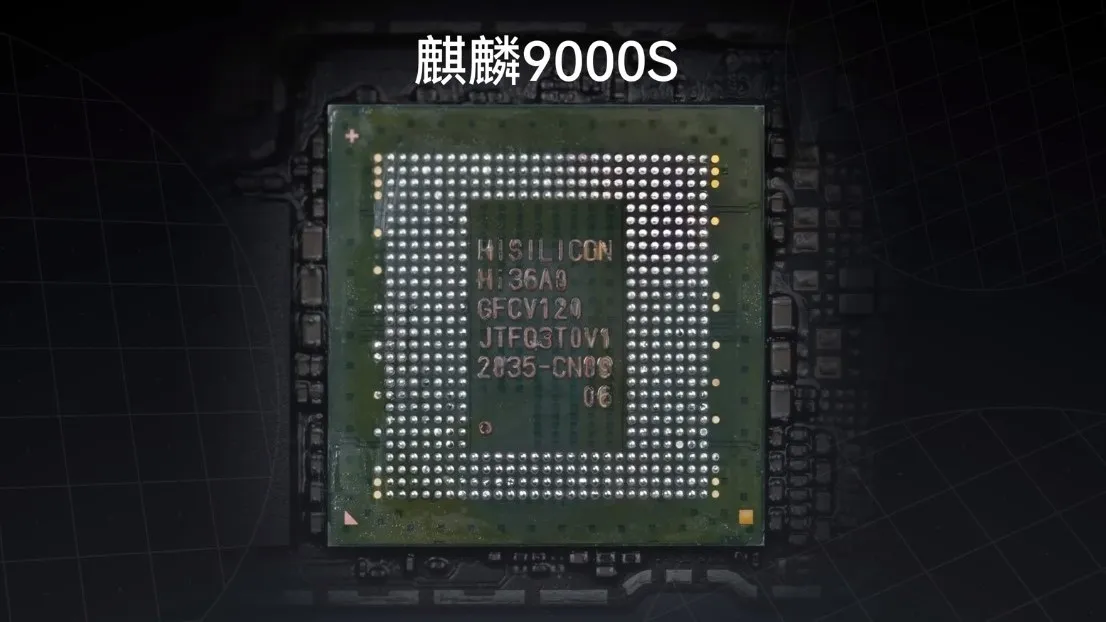
Since facing a technology ban from the United States, Huawei has been restricted from designing its own chipsets. As a result, the company has occasionally turned to Qualcomm chipsets, despite losing support for 5G technology. For instance, the Huawei P50 Pro incorporates the Snapdragon 888, and the Huawei nova 9 features the Snapdragon 778G.
Despite these challenges, in September 2023, Huawei launched four new phones with the Kirin 9000S chipset: the Huawei Mate 60, Huawei Mate 60 Pro, Huawei Mate 60 Pro+, and Huawei Mate X5.
Due to legal restrictions, Huawei cannot outsource chipset production to TSMC or Samsung Semiconductor. However, the Chinese semiconductor firm SMIC has facilitated the creation of the Kirin 9000S, which was manufactured using a 7 nm process.
The Kirin 9000S is often misunderstood as a variant of the Kirin 9000, but in reality, it is an entirely new chipset. Information about this SoC is scarce, even on Huawei’s official website. Nevertheless, the Chinese YouTuber Geekerwan provided insights through extensive testing on the Huawei Mate 60 Pro.
The chipset features a unique composition, including a CPU, GPU, AI processor, ISP, and 5G modem, all developed in-house. The CPU uses a 1+3+4 configuration: one super core at 2.62 GHz, three intermediate cores at 2.15 GHz designed with Huawei's own "Taishan" microarchitecture, and four efficient cores using ARM's Cortex A510 at 1.5 GHz.
The GPU, dubbed Maleoon 910, has four cores with a maximum speed of 750 MHz. Details on the ISP and AI processor are limited, but the latter continues to utilize the Da Vinci architecture with updates.
According to Geekerwan, the Taishan core performs between the Cortex X1 and Cortex A710, while the Maleoon 910 GPU's performance slightly trails behind Snapdragon 888’s Adreno 660.
Surprisingly, despite its 7 nm fabrication, the Kirin 9000S offers better power efficiency than the Snapdragon 888, which uses a 5 nm process. However, it does not match the performance of the Snapdragon 8+ Gen 1 or Snapdragon 8 Gen 2.
Notably, the Kirin 9000S is the world’s first SoC to support hyper-threading technology, featuring eight cores and 12 threads. While Android apps don’t typically require hyper-threading, this feature suggests Huawei may use the Kirin 9000S in other products, potentially including Windows laptops.
In performance tests, the Kirin 9000S achieved impressive scores, with a single-core score of 1005 and a multi-core score of 4019 on Geekbench 5.
It also runs demanding games like Genshin Impact smoothly at high settings, maintaining an average frame rate of 52 fps without exceeding a temperature of 46 degrees Celsius.
2. Kirin 9000
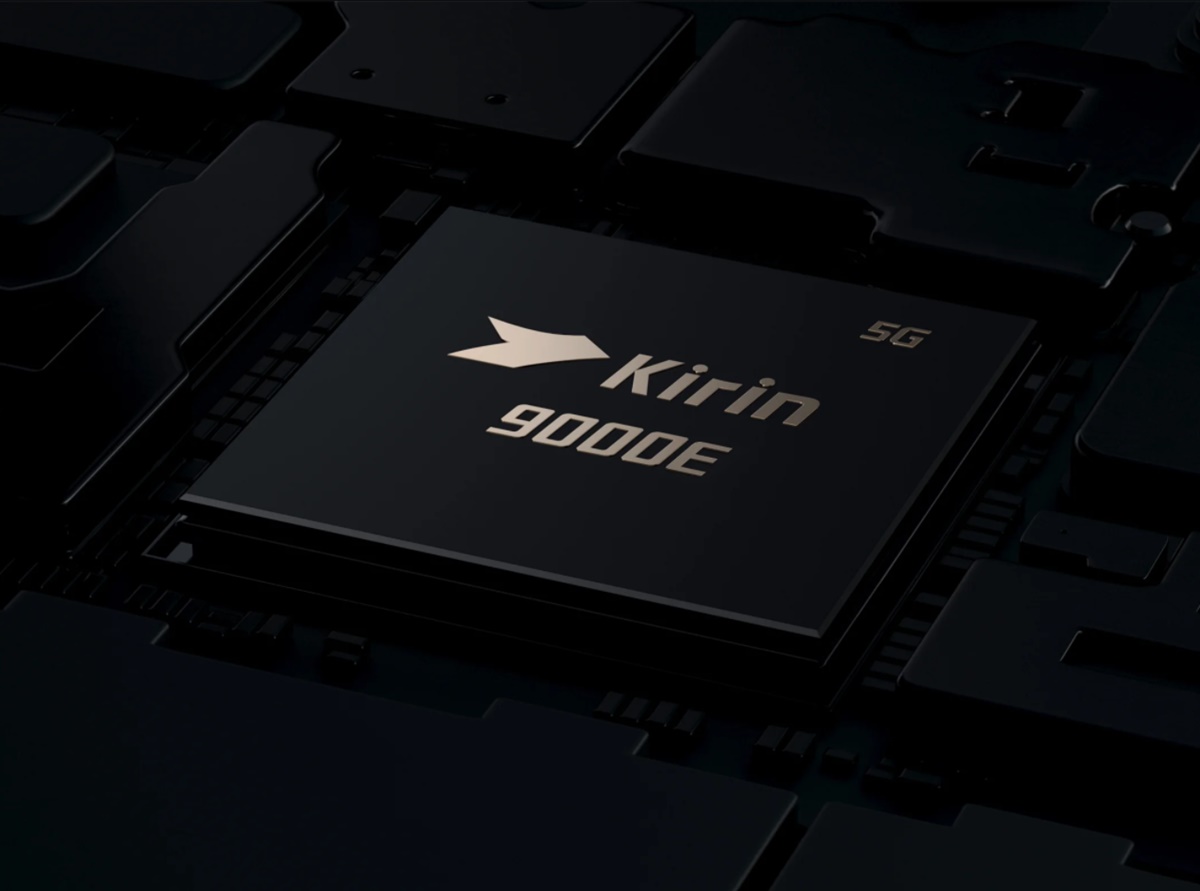
Kirin 9000 is a pioneering chipset in ARM architecture with a 5 nm fabrication process, produced by TSMC under challenging conditions due to a US-imposed technology ban. The limitations stem from several chipset manufacturing technologies being licensed or owned by US companies.
Despite these challenges, the Kirin 9000 delivers robust performance, as evidenced by various benchmark scores. The chipset consists of eight cores divided into three clusters: three ARM Cortex-A77 cores at 2.54 GHz for high performance, a single Cortex-A77 core at 3.13GHz for even greater speed, and four Cortex-A55 cores at 2.04 GHz for energy efficiency.
The graphics capabilities are handled by the Mali-G78 MP24 GPU. This chipset powers the Huawei Mate 40 Pro and Huawei Mate 40 Pro+ phones, achieving an Antutu score of about 750,000 for version 9.
There is also a slightly lesser variant, the Kirin 9000E, which shares the same processor configuration but features a slightly reduced Mali-G78 MP22 GPU.
In terms of performance, the difference is minimal. The Kirin 9000E is utilized in the standard Huawei Mate 40 model, and both chipsets support 5G networks.
3. Kirin 990

Kirin 990 is built with a 7nm + EUV3 fabrication process, incorporating breakthrough technology and advanced intelligence from Huawei's AI, Balong.
This chipset has over 10 billion transistors due to the 7nm + EUV technology. The Kirin 990 is available in two variants: a 5G version and a 4G version.
This processor is divided into three clusters: four Cortex-A55 cores at 1.95 GHz for power efficiency, two Cortex-A76 cores at 2.36 GHz for fast performance, and two Cortex-A76 cores at 2.86 GHz for even faster performance. For graphics processing, it features the Mali-G76 MP16 GPU.
The Kirin 990 is widely used in Huawei and Honor's high-end phones, such as the Huawei Mate 30 series, Huawei P40 series, and Honor V30.
It comes in three chipset variants: the Kirin 990 5G, used in the Huawei Mate 30 Pro 5G; the Kirin 990 4G, used in the Huawei Mate 30 Pro 4G; and the Kirin 990E 5G, used in the Huawei Mate 30E Pro 5G. The performance of the Kirin 990E 5G is slightly below that of the Kirin 990 5G.
4. Kirin 985
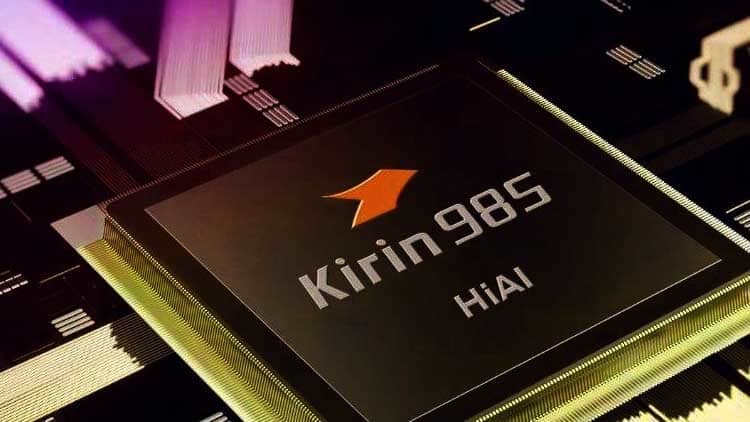
Kirin 985 is a great 5G chipset known for its impressive internet speed capabilities at the time of its release. In one test, it demonstrated a 40% faster downlink capability and a 75% faster uplink rate compared to the Snapdragon 865.
Built with a 7nm fabrication process like the Kirin 990, the Kirin 985 is designed to prevent devices from overheating while delivering fast performance. This can be seen from the Huawei Nova 7, which achieved an AnTuTu 8 score of 323,430 in regular mode and 422,626 in Performance Mode, according to the JagatReview YouTube channel.
Additionally, the Kirin 985 features robust AI technology that intelligently monitors game loads and allocates resources from the CPU, GPU, and EMUI to optimize image clarity, color detail, and frame rate.
5. Kirin 980
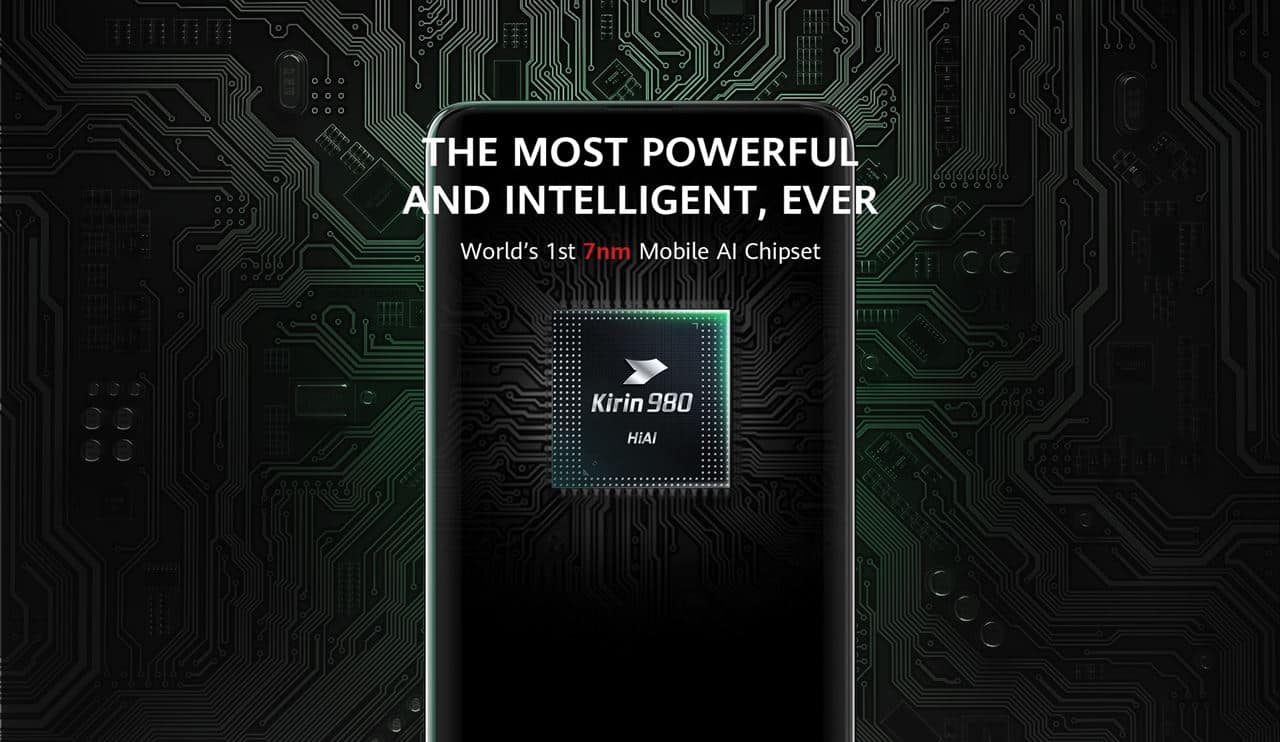
When Kirin 980 was released in 2019, Huawei dubbed it "The Most Powerful and Intelligent, Ever." It was the first generation chipset built with a 7nm fabrication process, featuring Cortex-A76 and Cortex-A55 processors and DynamiQ technology (an evolution of big.LITTLE). For graphics, it utilizes the Mali-G76 MP10 GPU.
The Kirin 980 is equipped with the HiAi feature, which enhances artificial intelligence optimization. Huawei claimed it offered 20% better performance and 40% greater power efficiency compared to chipsets using a 10nm process. It was also the first to support LTE Cat.2.1 technology.
The Kirin 980 achieved a high Antutu benchmark score of 309,000 at its peak. Some of the phones using this chipset include the Huawei Mate 20, Huawei Mate 20 Pro, Huawei P30, Huawei P30 Pro, Honor Magic 2, Honor 20, and Honor View 20.
6. Kirin 820
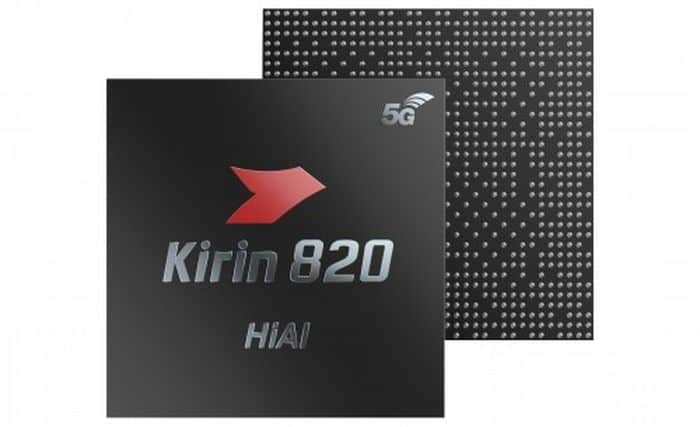
Kirin 820 is crafted using a 7nm fabrication process and features Huawei's Da Vinci NPU, which enhances AI computation by 73% while consuming less power compared to its predecessor.
The processor is divided into three clusters: one Cortex-A76 core at 2.36GHz for high performance, three Cortex-A76 cores at 2.22GHz for medium performance, and four Cortex-A55 cores at 1.84GHz for power efficiency.
For graphics, the Kirin 820 includes a Mali-G57 GPU, supported by Kirin Gaming+ 2.0 technology. This feature boosts performance by up to 38% and improves energy efficiency by up to 39%, ensuring a seamless gaming experience.
Photography enthusiasts will appreciate the Huawei-developed ISP 5.0, which reduces image noise for clearer photos. The Kirin 820 is used in the Honor 30s.
7. Kirin 970
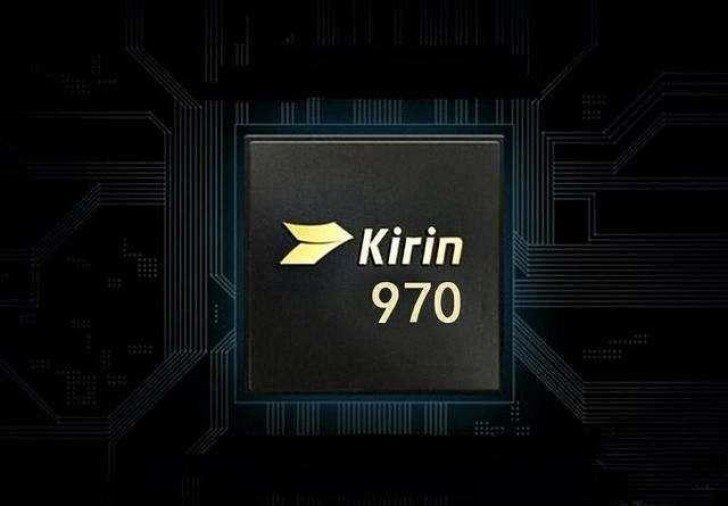
Before the Kirin 980, Kirin 970 was a leading chipset, featuring Cortex-A73 and Cortex-A53 processors, along with the Mali-G72 MP12 GPU for graphics. Devices equipped with the Kirin 970 are known for their good performance and excellent photo quality.
The Kirin 970's strength lies in its camera software support, making phones like the Huawei P20 Pro, which uses this chipset, top the DxOMark mobile camera rankings for a long time. Other devices with this chipset include the Huawei Mate 10, Honor 10, and Honor Note 10.
8. Kirin 810

Kirin 810 is built with 7nm processing technology, offering high-end capabilities that rival the Snapdragon 730. It powers devices such as the Huawei Nova 5.
This chipset has eight cores divided into two clusters: two Cortex-A76 cores at 2.27GHz for performance, and six Cortex-A55 cores at 1.88GHz for power saving. For graphics, it uses the Mali-G52 GPU.
This chipset also includes an NPU with excellent AI energy efficiency. For photography, it features an ISP with a detail enhancement (DE) module to support the latest automatic white balance (AWB) algorithm. This technology reduces noise and improves image detail, enhancing overall image processing performance.
9. Kirin 960

Kirin 960 is slightly less advanced than the Kirin 970. Devices equipped with the Kirin 960 have an Antutu score of 171,000, compared to the Kirin 970's 211,000. This marks an increase of only 30,000, which is modest compared to the 100,000 jump from the Kirin 970 to the Kirin 980.
While the Kirin 960 is a solid chipset, it struggled to compete with other high-end chipsets at the time. Some devices using this 16 nm fabricated chipset include the Huawei Mate 9 and Honor 9.
10. Kirin 710
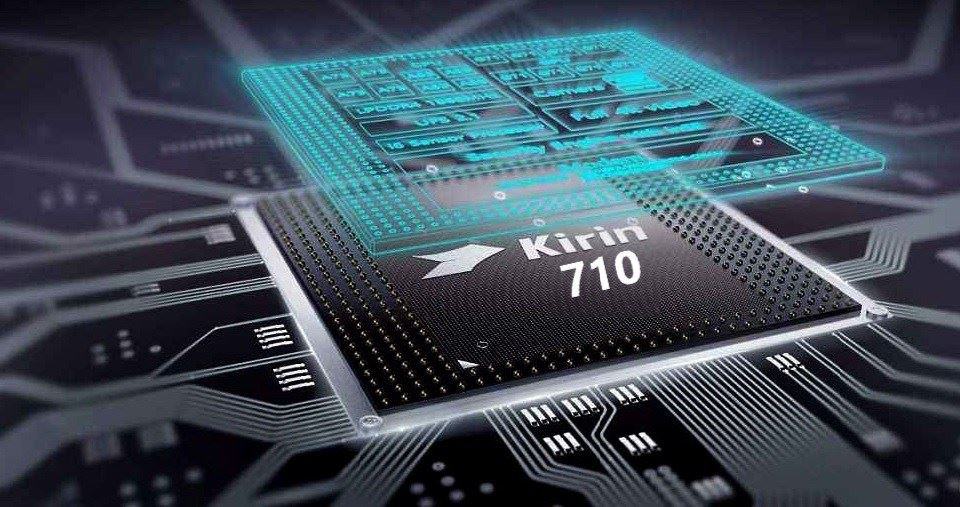
Kirin 710 represents an evolution in mid-range Kirin chipsets, built with a 12 nm fabrication process. It offers better performance than several other Kirin 9xx chipsets.
Devices powered by the Kirin 710 include the Huawei Nova 3i, Honor 10 Lite, Huawei P Smart+, Huawei P Smart 2019, Huawei Mate 20 Lite, Honor 8X, and Huawei Y9. These phones generally achieve an Antutu score of around 138,000.
This overview of Kirin chipsets and their rankings aims to provide valuable information for readers interested in Huawei's chipset technology.
